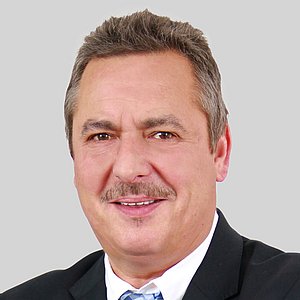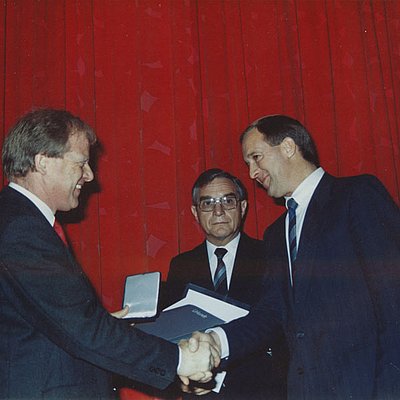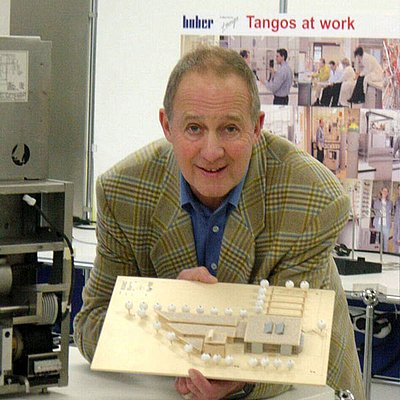The founder Peter Huber
How can you become a master in a craft when you haven’t even been a journeyman yet? Nowadays, in times of documentation and certificates, this would be inconceivable. But in those days, when the Federal Republic of Germany was still young, these things were possible. The trained machinist Peter Huber (born 1941) took refrigeration engineering classes at the Karlsruhe Technical College in 1965, studying with the chief building officer Dr. Valerius Füner, whom he held in high esteem. He didn’t just warm up to the subject matter, he really dove into it. "Over time he became an excellent specialist who was mastering the thermodynamics of the coolant cycle in a compression chiller perfectly,” said Valerius Füner’s successor, Johannes Reichelt, about Peter Huber. And more: “This is only possible with enormous diligence.” Peter Huber did not just become a Master in this area, he permanently shaped the subject matter.
His discoveries enabled progress in many areas of science and economics and made sustainability a defining element in temperature control technology. And yet he is not just a tireless technician but also a humorous and warm-hearted activist for music. With him, the music played!
Peter Huber passed away on June 12, 2018 at the age of 77.




